When Americans think about the Cold War in Germany, their thoughts usually drift to Berlin and the Berlin Wall. Many people have a hard time separating the Berlin Wall and the East-West German border in their heads. This map is an excellent visualization of the difference.
The Berlin Wall was a long wall that completely surround West Berlin to prevent people from East Berlin and East Germany from leaving into West Berlin (I want to emphasize, for those who have little knowledge about the Cold War, that East Germany built the wall to keep people in, not West Germany to keep people out). But this wall was only in Berlin. The much larger border, the one that split the nation in two, affected the people around it just as much as the people from Berlin were affected by the Wall.
The part I traveled to was the part that kind of looks like a witch’s nose (top of that), just east south-east of Hamburg. Can you see it? The actual border, unlike the one in Berlin, had walls in places, but was mostly open space and fences, as well as other deterrents, like the watch tower above, preventing people from crossing from East to West.
Our first stop on the trip had very little to do with the Cold War era, but it was still cool to see. It was an old, old fortress, on the East side of the Elbe. It was really cool, had a beautiful view of the river, dark cellars that you could go into, and a museum with old military furnishings and such.
While this fortress did not have much significance as far as learning about how the border affected the German people, the town it was in sure did. You could tell it was still struggling economically from a) being in East Germany and b) being so close to the boarder (the Elbe in this area was the border).
We then went to lunch at this resort like place on the Elbe, which was very nice. I had the schnitzel (naturally) and a delicious, locally made raspberry drink.
After lunch we continued on our journey to a small museum that had a lot of stuff about the border. It had a good model showing how the border looked in many places, and as you can see, it is not a wall.
As you can see, the border had two fences to keep the East Germans in. Additionally, there were watch towers, continuous patrols with authority to shoot to kill, trenches, wires that would signal guards if tripped, and land mines in spots. It was extremely difficult to cross.
One night, during the Cold War, a sleepy little East German village, only a few kilometers from the border, was abruptly awoken by the East German army. They were quickly herded into trucks and taken away from their homes, never to see them again. The town was destroyed, only because of its proximity to the border. The East German government need to clear much of the area so they would have an easier time controlling their border. Today, all that remains where the town once stood is a little memorial, a reconstruction of the border fences, and grass, lots and lots of grass.
Yup, there used to be a little lake side village, right where I was standing. Gone, completely wiped off the map. By the time the Cold War ended, there was no reason for the displaced people to move back because there was nothing.
After we left that memorial, we went to an actual spot on the former border, where the watch tower at the beginning of this post is. The fences were no longer there, but the strips of concrete patrol cars used to drive on, as well as the trenches (which were now over grown with trees) and the watch tower remained. The area east of the border for a 300 meters didn’t have a tree older than 20 years.
The trench is on the right, now full of new trees.
It was amazing to see the difference between just east and just west of the border. The west had many little villages, only a few kilometers away from each other. The east had barely any. The just west of the border looked a lot better than the east, and even it struggled during the Cold War as no major infrastructure was built through the area because there was no reason for it. So there was little development on and the area (west) became poor.
On the way back to Lüneburg, we past by an interesting and controversial part of modern Germany. The vast majority of German citizens are against nuclear energy. They feel it is too dangerous and negatively affects their health. This region of Germany is home to a temporary nuclear waste storage facility, and its only temporary until the actual facility, less than a kilometer away, is finished and approved. Once a year, a train with the nuclear waste travels through Lüneburg on its way to this facility. It is met with heavy protesting resistance from Lüneburg all the way to the facility.
The people of this area are the most politically active people I have ever seen. They are focused on fighting the waste facility, nuclear energy, and are involved in seemingly every political decision. This is clearly a product of the Nazi regime as well as the East Germany dictatorship of the Cold War. The German people refuse to let their government do anything without hearing what they, the people, have to say, so the government never has the same control over them again. It is just a really interesting thing to see.
Here are a few pictures of the temporary and proposed storage facilities.
The proposed one (second picture) is an old salt mine, so there isn’t a giant building like the current facility.
That’s all for this trip.
Tyler
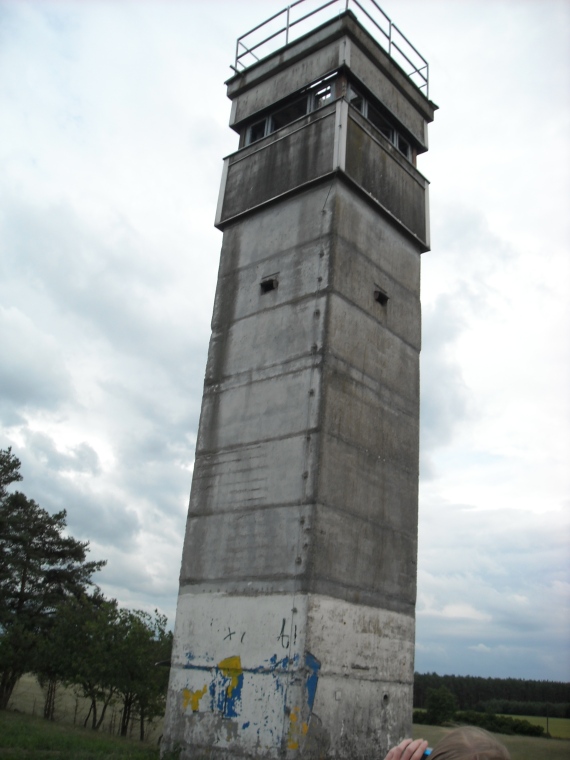

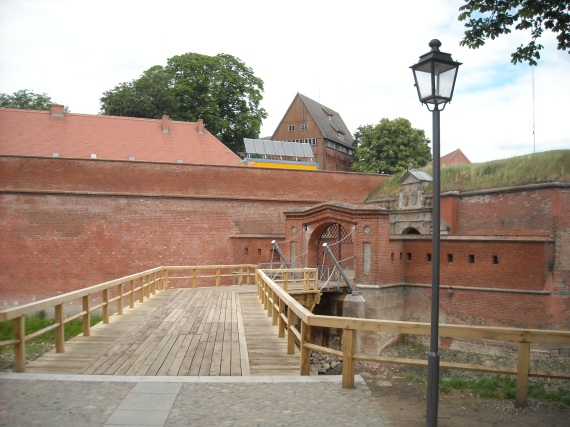



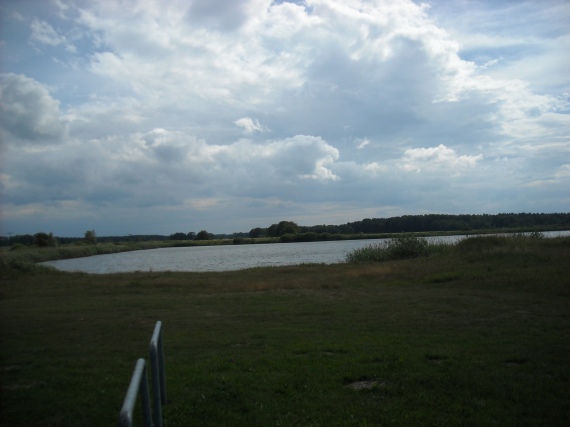
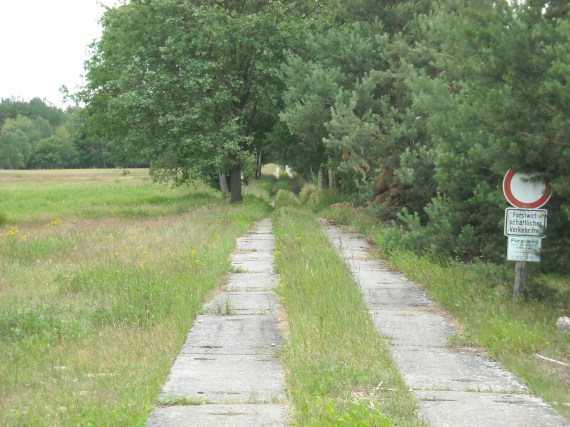
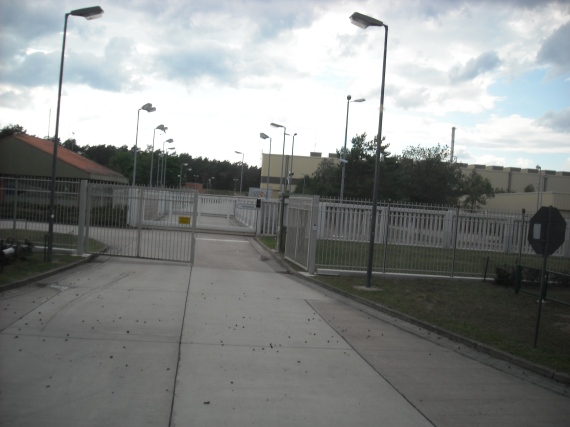
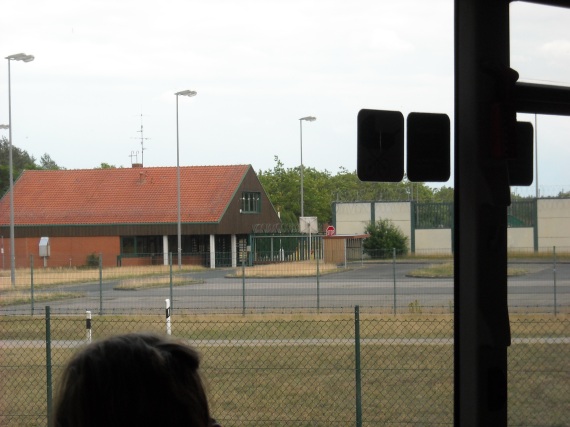
Posted by Kaylee on 27/06/2011 at 5:24 am
You are doing a really good job of telling about the exciting things you are doing and sharing German history and culture!